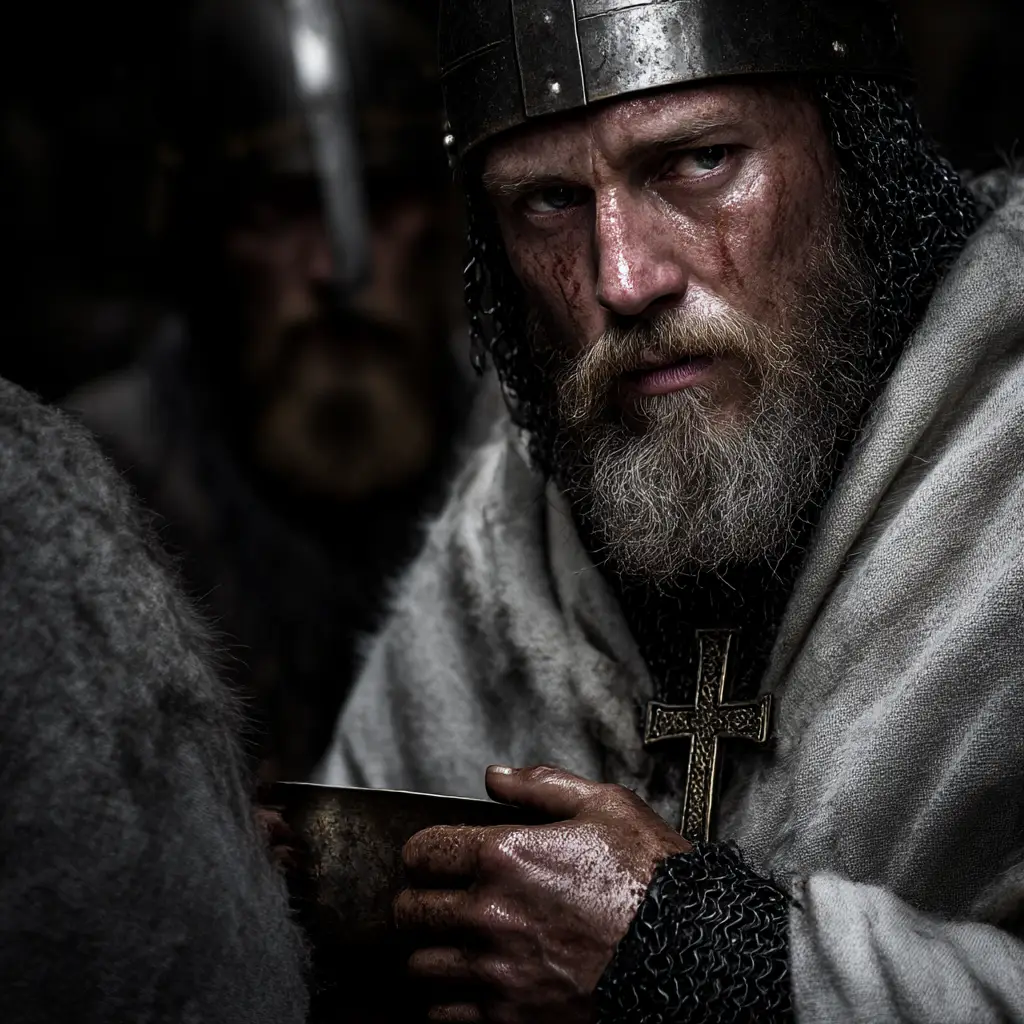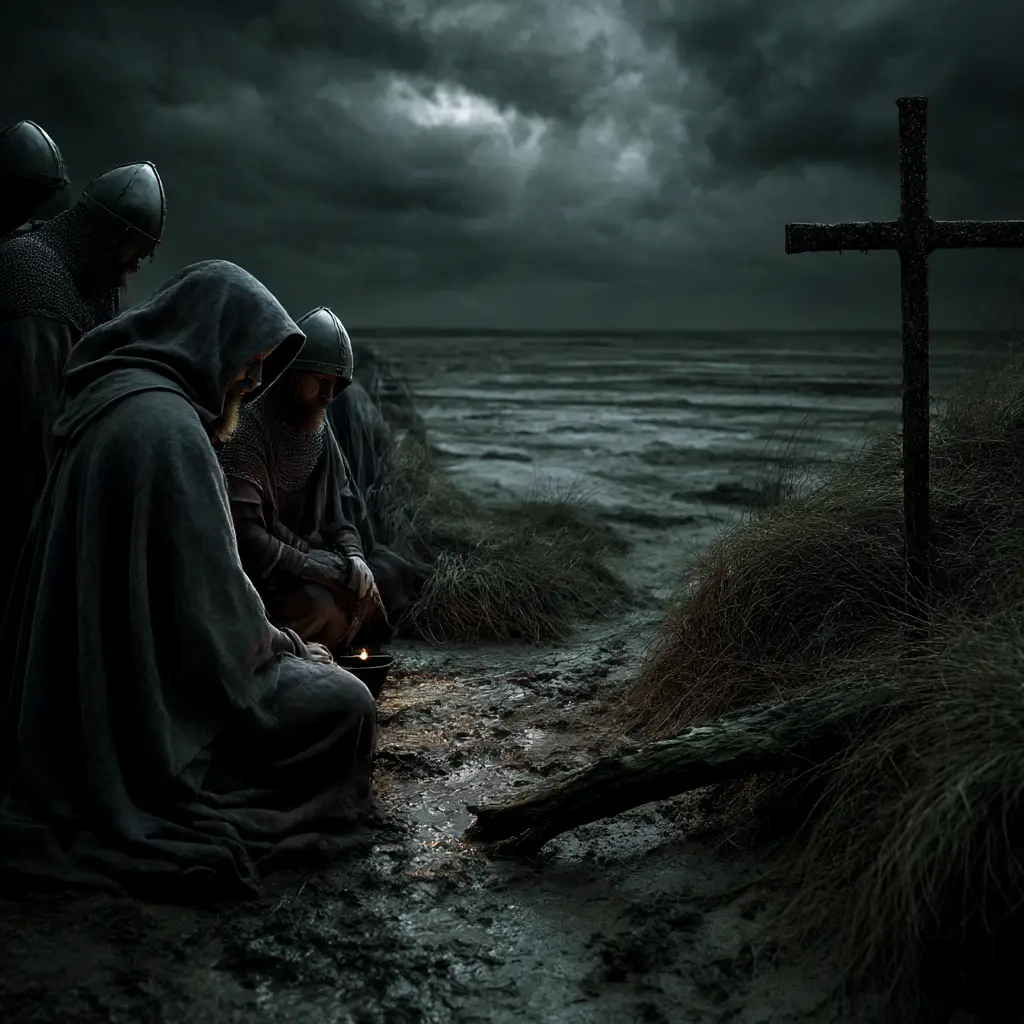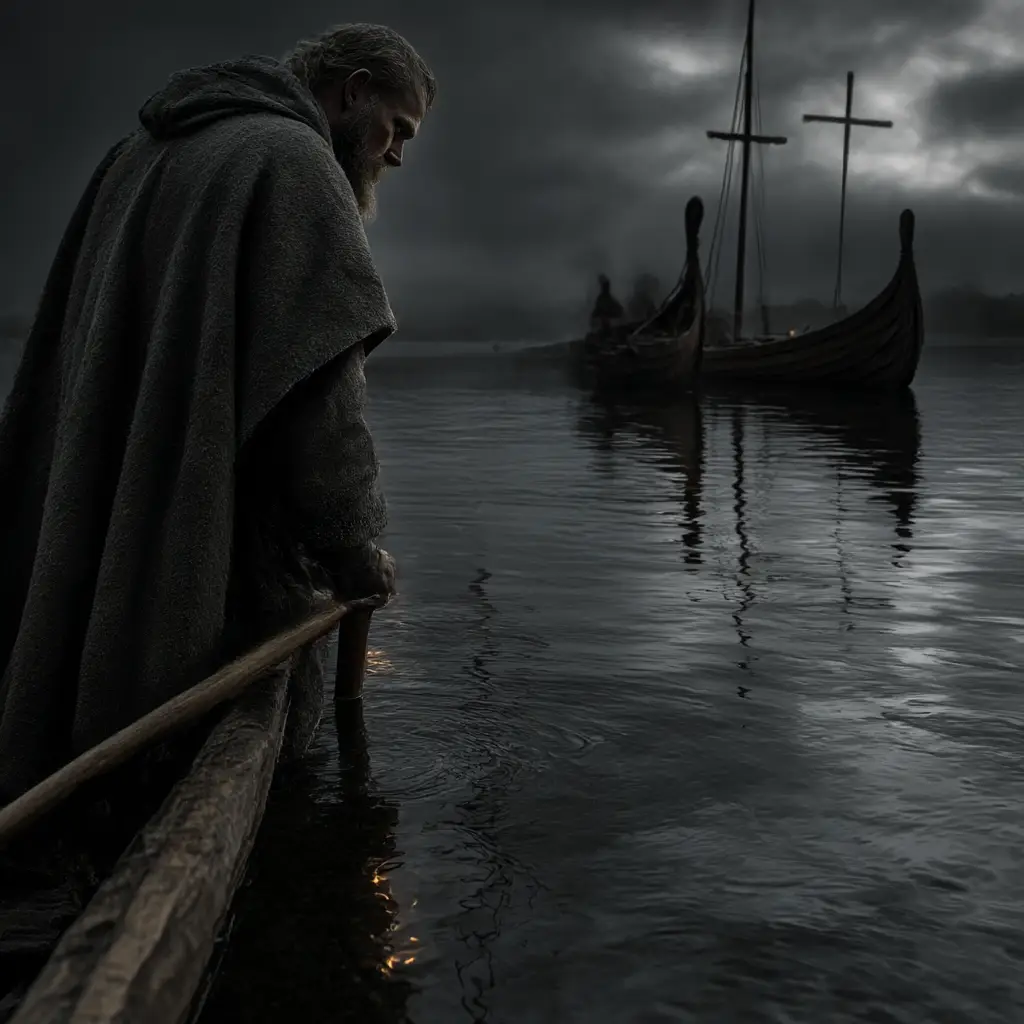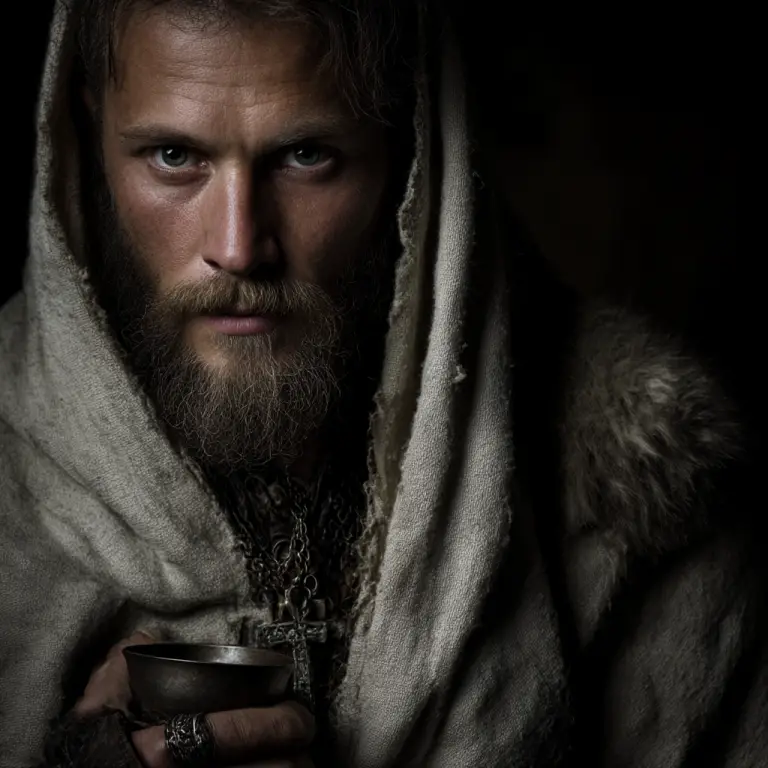The story of the Vikings and Christianity is a fascinating chapter in European history, marked by cultural transformation, political change, and religious upheaval. From their earliest raids to their eventual conversion, the Vikings played a crucial role in shaping the religious landscape of northern Europe.
The Viking World Before Christianity
Before the arrival of Christianity, the Vikings followed Old Norse religion, a belief system centred on a pantheon of gods including Odin, Thor, Freyr, and Freyja. Their religion was deeply tied to nature, fate, honour, and the afterlife, with a strong tradition of oral myths and sagas.
Worship took place at hofs (wooden temples), sacred groves, and household shrines. Important rituals included blóts (sacrifices), which were offered to ensure good harvests, victory in battle, or favourable weather. Festivals like Yule and Midsummer were major events in the Viking calendar.
The Arrival of Christianity
Christianity arrived in the Viking world gradually, through a mix of missionary work, trade, warfare, and political alliances. Starting in the late 8th and early 9th centuries, Christian missionaries, often supported by Frankish and Anglo-Saxon rulers, began travelling to Scandinavia to convert Viking chieftains and their people.
While some Vikings fiercely resisted conversion, others saw the new religion as a way to gain political advantage and strengthen ties with powerful Christian kingdoms in Europe.
How Conversion Happened
The conversion process varied across regions:
- Denmark: King Harald Bluetooth famously declared Denmark Christian in the late 10th century, as marked by the runic inscriptions on the Jelling Stones.
- Norway: Olaf Tryggvason and Olaf II Haraldsson (later Saint Olaf) played key roles in Christianising Norway, often using force alongside persuasion.
- Sweden: Conversion was slower and more uneven, with places like Uppsala remaining strongholds of pagan worship into the 11th century.
Conversion often began at the top, with kings and nobles accepting baptism, and then gradually spread through the wider population. It was rarely smooth — there were periods of resistance, backsliding, and even civil war.
Impact on Viking Culture
The arrival of Christianity transformed Viking society in several ways:
- Religious practices shifted from sacrifices and pagan rituals to church services and Christian sacraments.
- Burial customs changed, with grave goods and ship burials giving way to simple Christian burials.
- Art and symbolism moved from runestones and mythological carvings to crosses and Christian imagery.
- Laws and governance evolved under the influence of Christian moral teachings and church authority.
Despite these changes, many old traditions and beliefs blended with the new faith, creating a unique Scandinavian version of Christianity that retained echoes of the Viking past.
Legacy
By the 12th century, Scandinavia was firmly part of Christian Europe. The Christianisation of the Vikings contributed to the end of the Viking Age, as raiding gave way to settled kingdoms, trade, and integration with the rest of medieval Europe.
Today, the Viking-Christian encounter is remembered in archaeological sites, historical records, sagas, and the enduring mix of pagan and Christian elements in Scandinavian culture.



